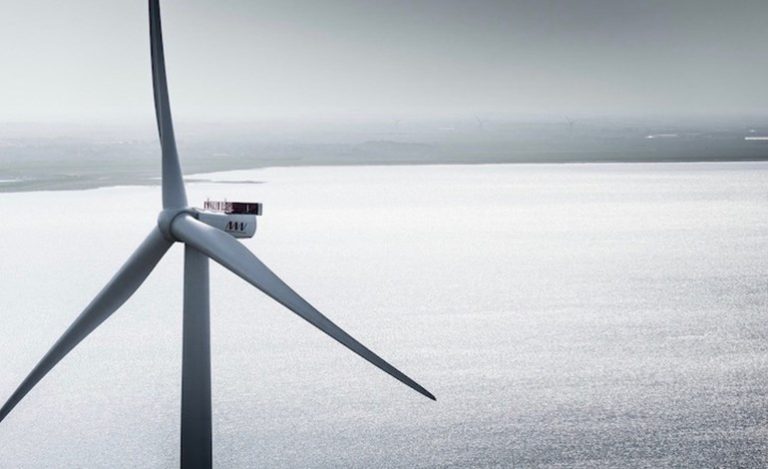The Supply Chain Sustainability School (the School), a multi-award-winning initiative which represents a common approach to addressing sustainability within supply chains, has today released its Fairness, Inclusion & Respect (FIR) Annual Culture Report 2022. The School surveyed over 1,000 of its members across the country, to get their feedback on the School’s Fairness, Inclusion & Respect Programme and how the FIR agenda is progressing within the built environment. David O’Neil, Supply Chain Director, Commercial and Procurement at National Highways, said:“At National Highways we recognise that developing a diverse and inclusive supply chain (and workforce) is critical in meeting the needs and expectations of road users and communities. We see the FIR Programme, and our growing partnership with the Supply Chain Sustainability School, as an essential part of developing diverse capability across our sector.” The report also offered insights on how the School has continued to positively impact organisations and supply chains, reinforcing the School’s mission to be the world-class collaboration enabling a sustainable and fair built environment. With over fifty thousand registered users, the School provides free practical learning and support for the UK built environment, through training, networking, e-learning modules and online resources. Specifically, the FIR resources and the FIR Growth Assessment are becoming increasingly popular as FIR sits higher on the agenda for many organisations in the industry. Members of the School anonymously stated that the FIR Programme offered “the confidence to tackle issues head on” , “increased efficiency and productivity” and created a “positive breeding ground for strong culture resulting in a much healthier and beneficial workplace for [our] colleagues.” One School member also highlighted the FIR Programme continues to “increase the level of diversity within the workplace and assist in recruiting and retaining a diverse workforce.” Organisations are becoming more conscious of FIR and its benefits to people, profit and enabling a sustainable business model. The School has been identified as a powerful tool to help organisations embed sustainability into their business practices, with 83% of survey respondents confirming that their company leaders are now better equip to understand Fairness, Inclusion and Respect and can better articulate the benefits. Furthermore, 79% of respondents confirmed their behaviours and attitudes towards teammates have improved due to FIR training. The FIR programme has also been identified as key to supporting businesses with retaining talent (68%) and recruiting a more diverse team (72%). Lucie Wright, Head of Strategy (Careers and Pipeline) at CITB, said: “CITB’s evaluation team have produced a thorough report and it is great to see the evidence that FIR training is having a positive impact across construction. Nearly 80% of companies have reported improved behaviours as a result of the knowledge gained from the training, and that, in turn creates a happier working environment which will mean improved staff retention and greater opportunity to attract new talent into the industry. This is particularly important at a time when construction faces a large skills gap. The survey also helps us understand where support is needed and helps CITB improve our offer to industry and to support FIR to become embedded throughout.” The quality of training remains extremely high this year, with an average of 90% of respondents rated the workshops and materials as “excellent” or “good”. There was also a strong impact on individuals, as demonstrated by the 87% of respondents who felt they were empowered to deal with FIR issues more effectively due to engaging with the FIR Programme. 82% of members also felt they had the confidence to challenge poor behaviours in the workplace. Paul Aldridge, Sustainability Director at WJ Group, said: “This report with greater participation than ever, brings hope, demonstrating that we are breaking down the barriers to an inclusive industry but yet, sets us challenges. Listening and measuring the thoughts, concerns, hopes and ambitions of our colleagues helps us understand better where we can and must improve to become truly inclusive. We know the benefits of fairness, inclusion and respect, increased: employee and customer satisfaction; creativity and innovation; attraction of the broadest talent; profitability and business development; community value. FIR helps us nurture our people and achieve great results.” The School is part-funded by CITB and industry Partners, with the direction of the School being led by over 182 Partners – working in collaboration, they share knowledge and free resources to inspire the UK built environment to drive positive change. The Supply Chain Sustainability School provides free practical learning and support in the form of sustainability training, networking, e-learning modules, tailored assessments, action plans and a library of over 3,000 online resources. Sign up for free: https://www.supplychainschool.co.uk/ The full report can be found on the Supply Chain Sustainability School’s website here.









